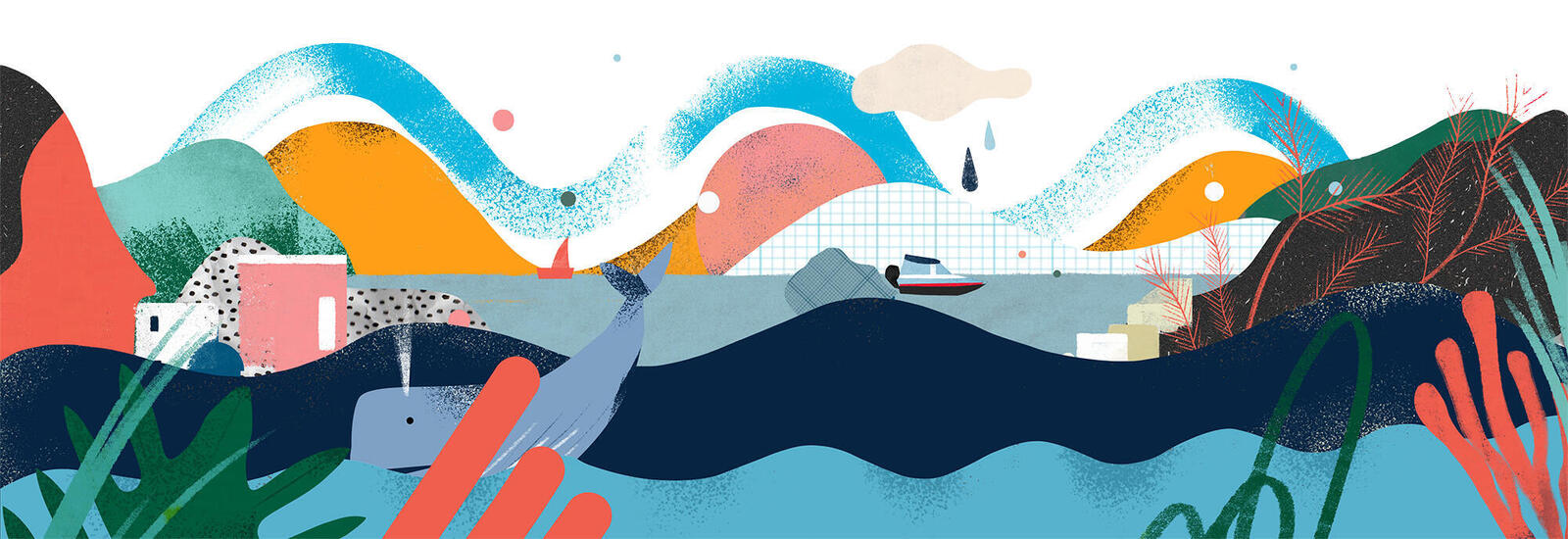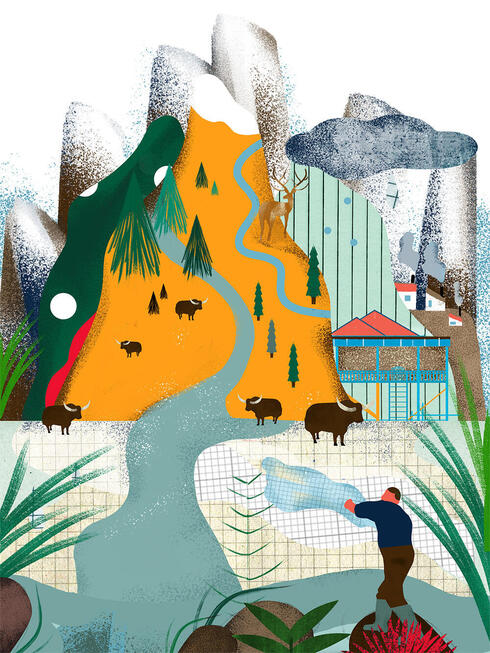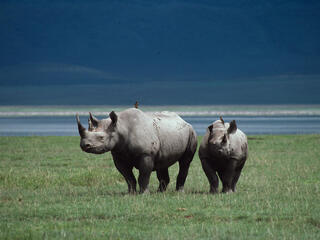Origin Stories
ARPA for life
WWF first used the innovative PFP funding approach in Brazil. In 2014, public and private entities—including the Government of Brazil, WWF, the Linden Trust for Conservation, and the Gordon and Betty Moore Foundation—announced a new $215 million program to create, consolidate, and maintain Brazil’s 150 million-acre network of protected areas. The network is almost three times larger than all US national parks combined and comprises 15% of the Brazilian Amazon. Brazil’s government will provide an additional $427 million over a 25-year period to this program, called ARPA for Life.
Peru’s Natural Legacy
Peru ranks second worldwide in its diversity of birds, first in freshwater fish and butterflies, fourth in amphibians, fifth in mammals and reptiles, and eighth in plants. Many of these species live in the Amazon. Peru’s Natural Legacy was launched in 2019 to create financial sustainability for the entire national protected areas system of Peru, starting with the Amazon. The $70 million in funding will be used to expand and effectively manage nearly 42 million acres of the Peruvian Amazon, covering 87% of the country’s protected areas network.
Since the first PFP initiative was developed by First Nations, The Nature Conservancy, and other partners in Canada’s Great Bear Rainforest 16 years ago, the model has been successfully replicated in Bhutan, Brazil, Costa Rica, and Peru, and is now being pursued in places like Belize, Colombia, and Namibia. These deals drew critical support from many generous investors (see Thank You section below), including a significant investment from the Bezos Earth Fund toward PFPs in Belize, Colombia, Namibia, and Peru.
And yet, despite the clear potential of the model, the current pace of its rollout around the world doesn’t match the speed and scale needed. In just five decades, wildlife populations monitored by WWF’s Living Planet Report have declined by an average of 68%. One million animal and plant species are now barreling toward extinction. And according to the latest UN Intergovernmental Panel on Climate Change report, our window of opportunity to cut emissions and limit planetary warming to 1.5°C is rapidly closing.
So instead of developing PFPs one region or one country at a time, we must develop an entire portfolio of initiatives that encompass whole systems of protected areas and, in some cases, span multiple countries.
Of course, that level of ambition requires a degree of expertise, experience, relationships, and resources that no single individual, organization, or government can muster on its own. That’s why the Enduring Earth collaborative is poised to be such a game-changer.
Enduring Earth was born out of a partnership between The Nature Conservancy; The Pew Charitable Trusts; WWF; and ZOMALAB, the family office of Ben and Lucy Ana Walton. Together, these partners aim to accelerate the expansion of the PFP approach around the world, with a goal of delivering 20 PFP conservation deals by 2030.
Enduring Earth’s founders have already committed a combined total of $250 million to the effort and are in talks with a wide range of individuals and institutions to raise another $550 million that will help finance multiple PFP deals over the course of the partnership’s first five years—a vital infusion of resources that will help bridge the gap as PFP countries develop and deliver the domestic resources necessary to power their programs long term.
By joining forces, these groups hope to leverage their complementary skill sets, diverse funding sources, and broad geographic reach. In doing so, they can accelerate the development of these large-scale, long-lasting conservation programs, while also upholding the rights of people and creating opportunities for sustainable economic growth.
Working on multiple PFPs at once can also make that process more effective. In the past, the pursuit of one PFP initiative at a time meant that each effort involved a different team. It was challenging to apply lessons learned on the fly. But with multiple deals in the pipeline at the same time, and a hub of talent from multiple partners overseeing it all, the Enduring Earth collaborative believes it can spur the innovation needed to give PFP work a massive boost.





